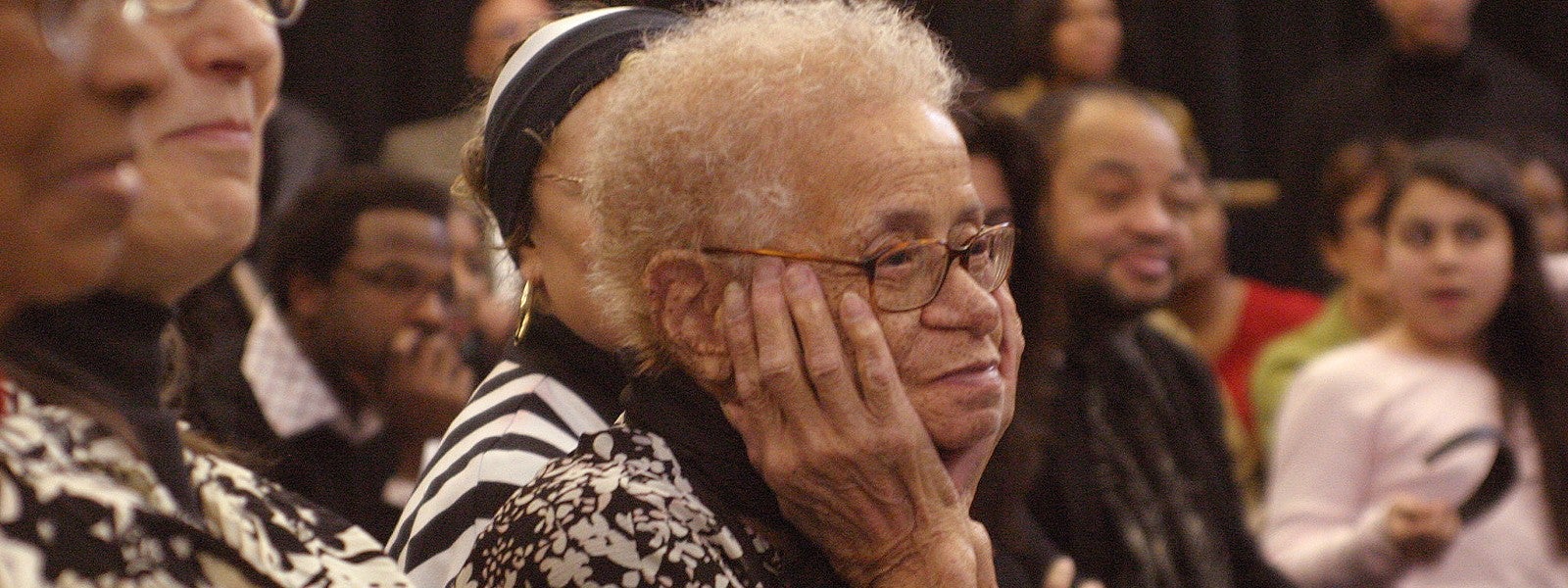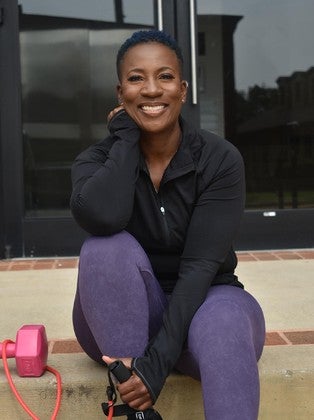
The Magic of Kathy Grant
2020 was the year dance and movement would come back to me.
I snuck off to New York City the first weekend in March to take classes at the Alvin Ailey Dance Center. I had just finished my comprehensive Pilates certification a couple of months before and was starting to feel differently about the way I moved. I had been teaching Mat Pilates for over a decade but this was different. I was going after something even though I didn't know what that could be. After signing up for classes, one of my clients suggested that I take a Pilates class from her friend while I was there. That Pilates class changed my life because my client’s friend was the world-renowned dancer and Pilates instructor, Sarita Allen, who was a student of Kathleen Stanford Grant.
There was such an ease and flow to the way Sarita taught. Her knowledge and connection was a breath of fresh air from spending so many hours learning how to teach and move 'by the book.’ It never occurred to me to ask her who she had studied with and I’m glad I didn’t because I would have been embarrassed to admit that I wasn’t sure if I had ever heard of Kathy Grant, and if I did, I most definitely didn’t know she was Black. Sarita was the second Black Pilates teacher I had ever taken a class from in my life, so the idea of a Black woman being an elder, a first-generation teacher, well, it never even crossed my mind.
But now that it has, I am obsessed. I am, literally, obsessed with all things Kathy Grant.
When I asked Sarita what she loved most about Ms. Kathy’s style, she replied, “Not only was Kathy an amazing visionary and practitioner, but her intuitive skills were second to none. She literally taught both students and clients alike how to see with the inner eye and sense inhibitions in movement through structural placement.”
I also asked Blossom Leilani Crawford, Kathy’s protege and assistant, the same question and she responded, “Kathy was honest, intuitive and unexpected. This combination made for some really interesting and fun work. She helped people in so many ways without any formal training. She used to say that people came to her before physical therapy existed. She looked at people from many angles and tried to understand who they were, but treated us as equals. It didn’t matter if you were a movie star, a famous dancer, or some college kid. She made each of us responsible for our own bodies.”
Basically, Kathy took what she knew from her time with Joseph Pilates, her extensive dance background, trusted herself, and asked others to do the same, which created her own teaching style. That is as magical as the movements and sequences she created and inspired for us to keep growing in our practice.
But it’s more than that. My obsession with Kathy Grant is more than that. I know what it feels like to be a Black Pilates instructor now, so I can’t imagine what it was like to be the only one in those times. Kathy’s Pilates career started in the 1950s and while she was up north, away from Jim Crow and segregation, there was no escaping the discrimination in the dance world or everyday life. When I asked Blossom what she saw as the significance of Kathy being not only a first-generation teacher but also a Black one, she responded, “I think Kathy carried the burden of being a pioneer without sharing the cost of the load with me. Can you imagine being born to dance, but only getting to dance in nightclubs because that’s where you could get a job? She was the first in so many ways and I can’t imagine what it was like trailblazing all the time. I think she was tired of being ahead of the curve.”
I cannot speak for other Black Pilates instructors, but I can relate to the exhaustion and frustration, having to be the first or the only person of color in studios. It is such a sense of responsibility and it’s heavy. Blossom also shared that Kathy would say to her in confidence, “Blossom, they are not putting someone that looks like me on the cover.” And even now, we know this to be true. Even after the heated racial movements, where Black Pilates teachers have stepped out and spoken up, and companies have reviewed their policies to make changes, we still know that there are spaces where we’ll always be underrepresented.
Kathy’s legacy also leaves responsibility for us as Black Pilates instructors. I asked Sarita how she feels Pilates teachers, specifically Black Pilates teachers can keep Kathy’s name at the forefront of the Pilates movement, and she responded with, “Learn your history. Honor the information that exists, but also question it. Continue to research, build, and grow in ways Kathy didn’t have the opportunity to. It’s not enough to certify and claim space, one must expand and grow personally as well as professionally in order to contribute value to the overall Pilates legacy. Claiming our excellence does not exclude anyone but raises our collective legacy.”
And I want to be a part of that.
Comments
You need to be a subscriber to post a comment.
Please Log In or Create an Account to start your free trial.


















